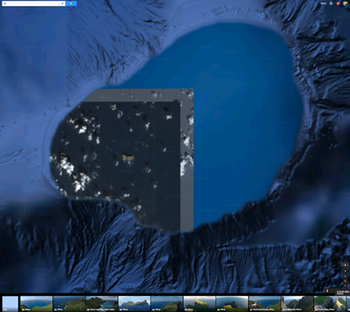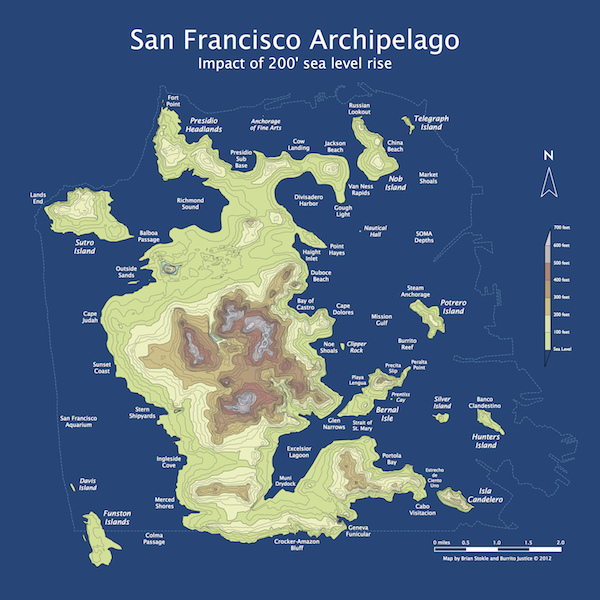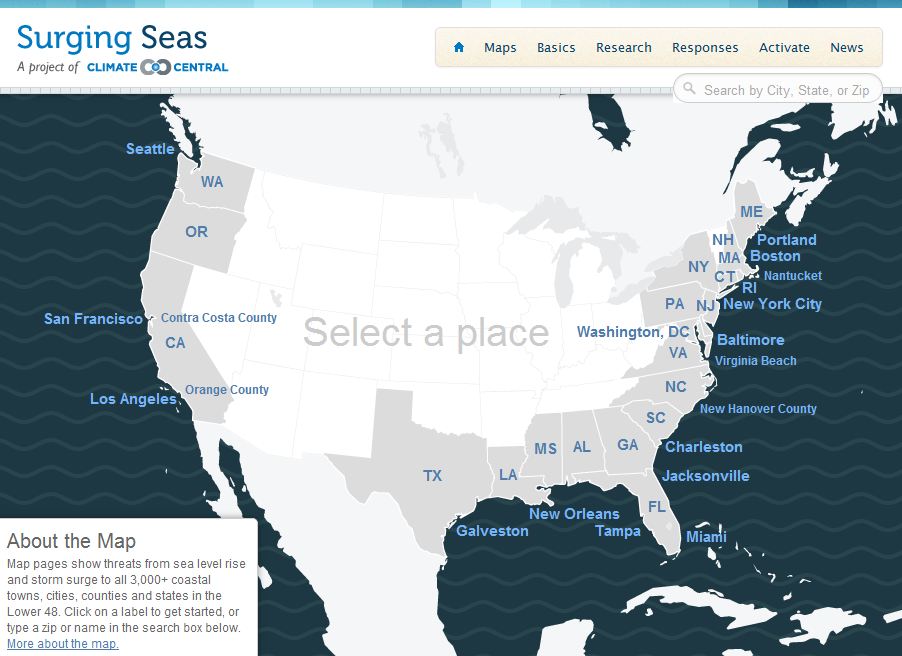COVID-19 map resources
/Hello all from the new shelter-in-place normal. We are all figuring this new way of working and living out, so in the meantime, stay calm, be compassionate, be positive and productive. At least that is what I am telling myself daily! Thanks to the wonderful former Kellylabber John Connors (who put together a great list), here is a quick round-up of some of the best map resources for COVID-19 out there.
NYTimes: Good map viz, lots of map resources
StoryMap from ESRI: Good visuals, good presentation, detail for China
ESRI: Solutions for local government, Esri toolkits
CDC: simple map from CDC
Stanford: Data visualization, timeline, literature, updated travel bans, and some resources
Washington Post: spread simulation model, showing how social isolation works
WHO: dynamic dashboard (built in Esri tools), up-to-date country totals
Stay safe and healthy out there everyone.








